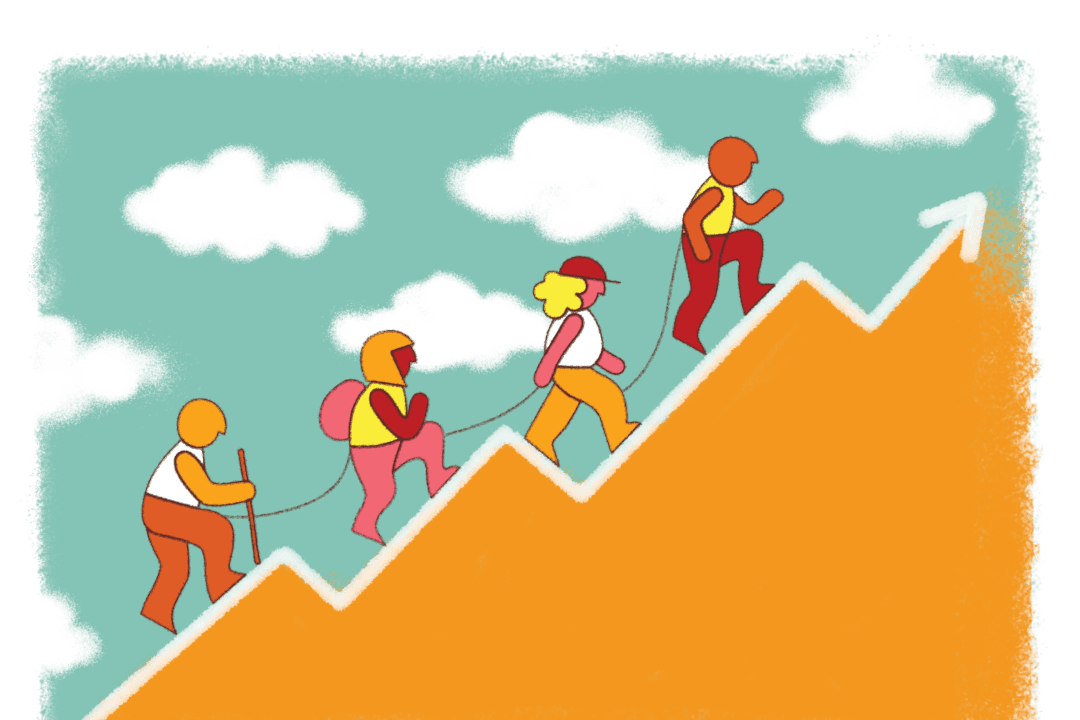While low-cost investing with “robo-advice” is one solution gaining traction for helping people invest, an avant-garde option—one that actually makes people better investors—could be group investing via social networks.
It’s about empowering and educating individuals—improving financial literacy—through the combined wisdom and support of a group of people. That’s what investment clubs have been doing for decades.






